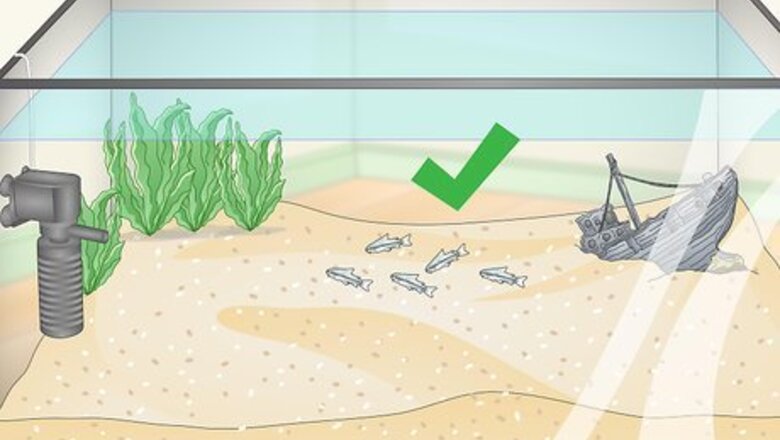
views
X
Research source
When determining which breed of corydoras is best for your aquarium, you should consider the tank, your other fish, and your personal preferences.
Evaluating Your Aquarium
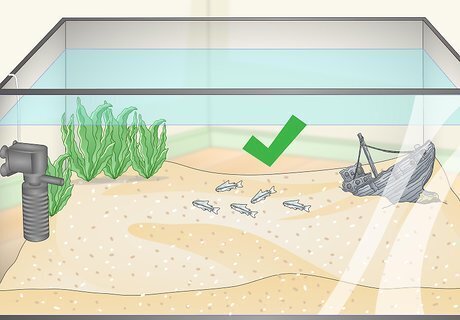
Choose a breed of corydoras that will fit in your aquarium. Although corydoras are a small fish, they are also social and should be kept in groups of 5 or more. You will need a minimum tank size of 20 gallons (76 L) for most corydoras species. If you have a smaller tank, choose pygmy corydoras since they are smaller than other corydoras species and can thrive in less space.
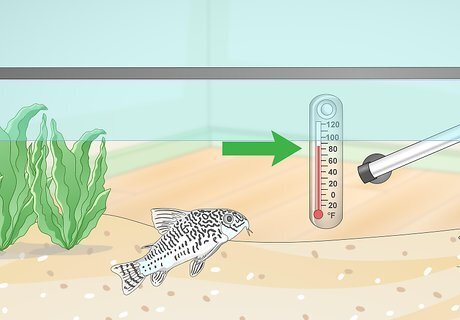
Get corydoras that will thrive in the water temperature of your tank. You can buy an aquarium thermometer at your local aquarium supply store or online. In general, corydoras prefer a temperature of 70 °F (21 °C) to 80 °F (27 °C). Sterbai corydoras can tolerate higher temperatures and will do well up to 86 °F (30 °C).
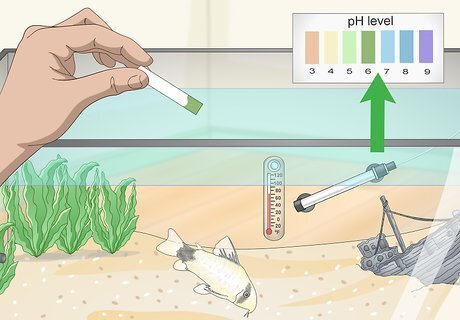
Pick corydoras that can handle your water’s pH. You can measure the pH with a kit from your local aquarium supply store or online, along with chemicals you can use to adjust the pH if needed. Corydoras do best with a pH of 6.0-8.0. Panda corydoras, albino corydoras, bronze corydoras, and peppered corydoras prefer a pH of 6.0-7.0. Sterbai corydoras can handle a wider pH range of 6.0-7.5. Pygmy corydoras prefer a pH of 6.4-7.4.
Assessing the Other Fish in Your Aquarium
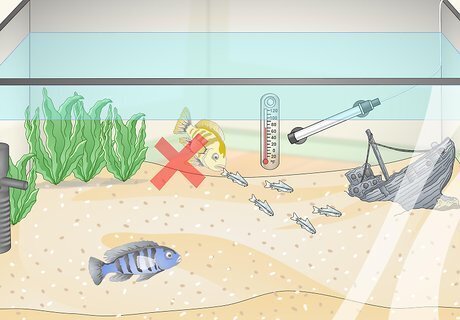
Consider the temperaments of your other fish. Because corydoras are very non-aggressive, they could be picked by more aggressive fish. Pygmy corydoras are particularly susceptible to bullying due to their small size, but that also means they are one of the few fish that will leave baby dwarf shrimp alone. Avoid keeping corydoras with species like cichlids and barbs. Corydoras will do well with tank mates including mollies, fancy guppies, platies, swordtails, neon tetras, angelfish, danios, and gouramis.
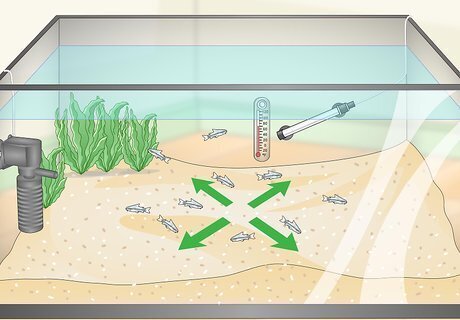
Make sure you have enough room. Corydoras are social fish and prefer to be kept in groups of 5 or more. Depending on how many other fish you have in your aquarium, it may be best to select pygmy corydoras so that there is ample space for all of your fish.
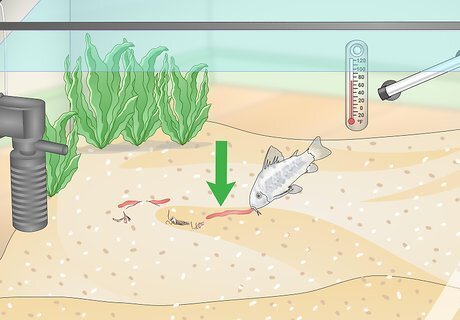
Pick a corydoras breed that fits your aquarium feeding routine. Corydoras are bottom feeders and will scavenge most of their food from the tank bottom. Peppered corydoras eat insects, worms, small crustaceans, and decaying plants, while sterbai corydoras feed on sinking pellets, wafers, and fresh vegetable matter.
Determining Your Preferences

Go to a fish store to look at the different varieties. Corydoras come in a range of colors, sizes, and body types. Since the coloration of some species like peppered corydoras can vary widely, it’s best to look at them in person. Panda corydoras have a cream-colored body with black spots on their heads. They grow to be about 2 inches (5.1 cm) long. Peppered corydoras are tan with dark green and black patterns, although no two are the same. They will grow to be 2.5 inches (6.4 cm) to 3 inches (7.6 cm) long. Bronze and albino corydoras are the same species, although their coloring patterns are very different: the bronze variety is brown with a gray stripe, and the albino variety is white. They are about 2.5 inches (6.4 cm) long. Sterbai corydoras have a striking dark gray and cream-colored speckled pattern and grow to be about 2.5 inches (6.4 cm) long. Pygmy corydoras are silver in color and are only about 1 inch (2.5 cm) long.
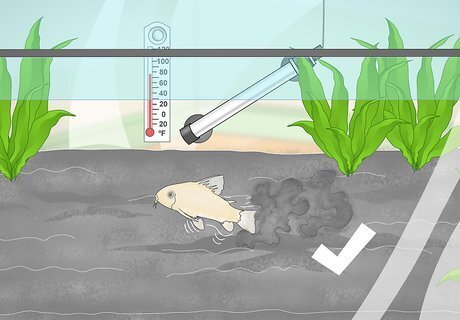
Decide if you want a particular personality. While all corydoras are active schooling fish, their behavior can vary by breed. Some are more energetic, while others have behaviors that fish owners may find entertaining. Panda corydoras are particularly energetic and needs lots of room to zoom around the tank. Albino corydoras are known for being unpredictable and “spazzy,” which is entertaining for some fish owners to observe. Sterbai corydoras are considered energetic and comical.
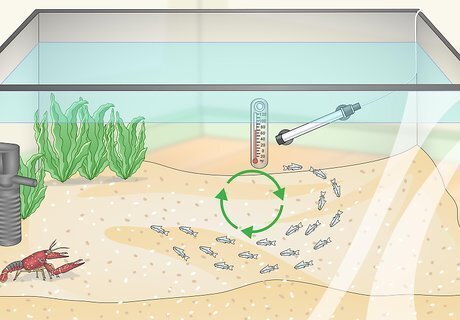
Think about where you want your corydoras to spend their time. While most corydoras hang out at the bottom of the tank, pygmy corydoras prefer to swim around in the middle of the aquarium. If you already have other species in the middle layer of your aquarium, this could create a crowded, messy look.













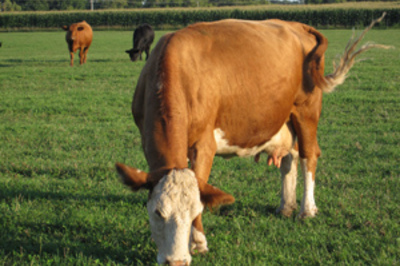





Comments
0 comment